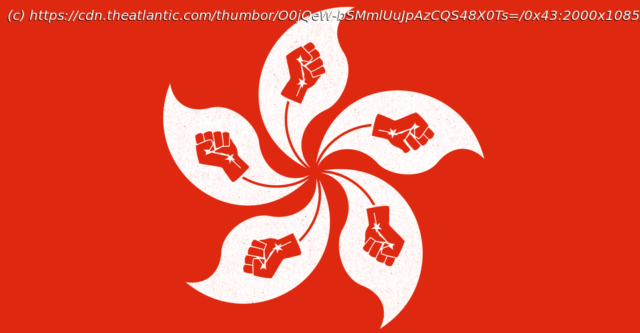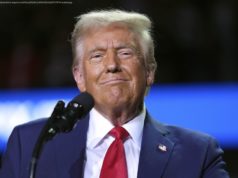The city’s force had dubbed itself Asia’s Finest. Now, it is seen by many as an occupying force.
HONG KONG—For most of last year, life here was intertwined with protests. Those not attending demonstrations might have found themselves caught in the middle of a police clearance operation, with officers chasing black-clad protesters into subway stations or around shopping malls. Large video boards hanging off skyscrapers occasionally carried live footage of marches just a few blocks away. People distantly removed from the nucleus of unrest could count on live-streams on their phone. Even when I was not reporting, the protests were never far off: Dinners with friends sometimes came with a whiff of tear gas.
This week, I found myself once again staring at and scrolling through protest footage, not from the Hong Kong neighborhoods of Sha Tin, Yuen Long, and Causeway Bay, but from Minneapolis, Los Angeles, and Chicago. Watching from many time zones away, my mornings slipped by as I sat enraptured with news reports, checking my messages for updates from friends and family in the United States.
The protests that have rolled across the U. S. and the mass demonstrations in Hong Kong are undoubtedly different, both at their root and in how they have played out. Hong Kongers, for instance, point out that while buildings and businesses here were damaged, they were selective about targeting only pro-Beijing sites and tried to restrict looting. Some in Hong Kong have also posted photos to social media of American officers joining protesters in solidarity, remarking that such scenes would never take place here. (The reaction of those such as Senator Tom Cotton, a vocal backer of Hong Kong’s demonstrations who has supported cracking down on his own protesting citizenry, is one that hasn’t gone unnoticed by the government here or in Beijing.)
Still, it is difficult not to see a few similarities between the U. S. protests and, in particular, the early days of Hong Kong’s latest prodemocracy movement. If those parallels bear out over time, the U. S. could be looking at a long arc of protests, one in which the actions of the authorities do not quell unrest but instead galvanize demonstrators and draw in new ones, broadening protests into a movement far larger and with much wider support than when it began.
I remarked to friends this week that numerous American police departments appeared to be having their June 12 moment, a reference to a mass protest in Hong Kong last year that was violently broken up by officers, the first of many such crackdowns to come. The actions of police that day—attacking peaceful protesters, firing rubber bullets at journalists, and harassing bystanders— captured on video and widely broadcast, coupled with the authorities’ subsequent unflinching support of the force led to a surge in support for demonstrators, helping propel Hong Kong’s protests from ones focused on a single issue to a much larger movement.
Just days prior to the June 12 protest, hundreds of thousands of Hong Kongers had taken to the streets against proposed legislation that would have allowed extraditions to mainland China, worried and angry about the threat posed to the territory’s semiautonomous status.






